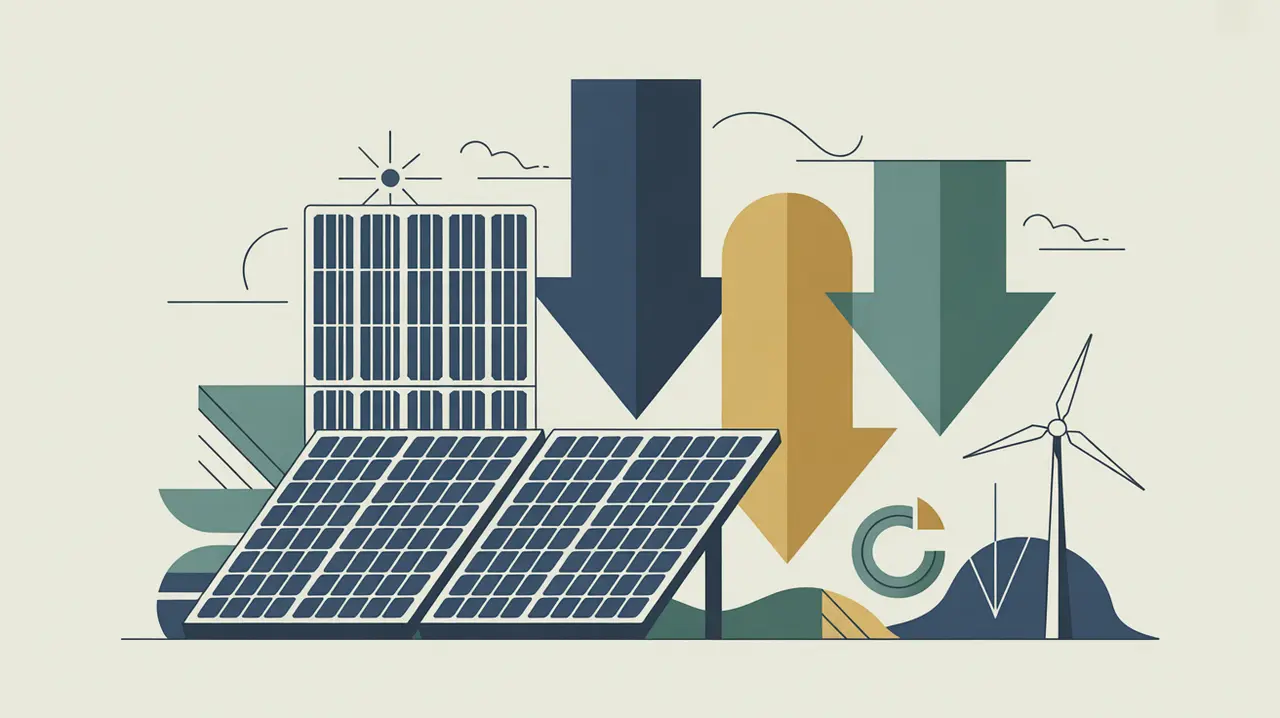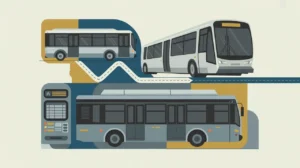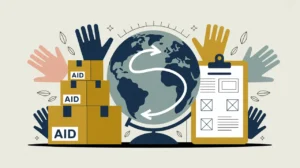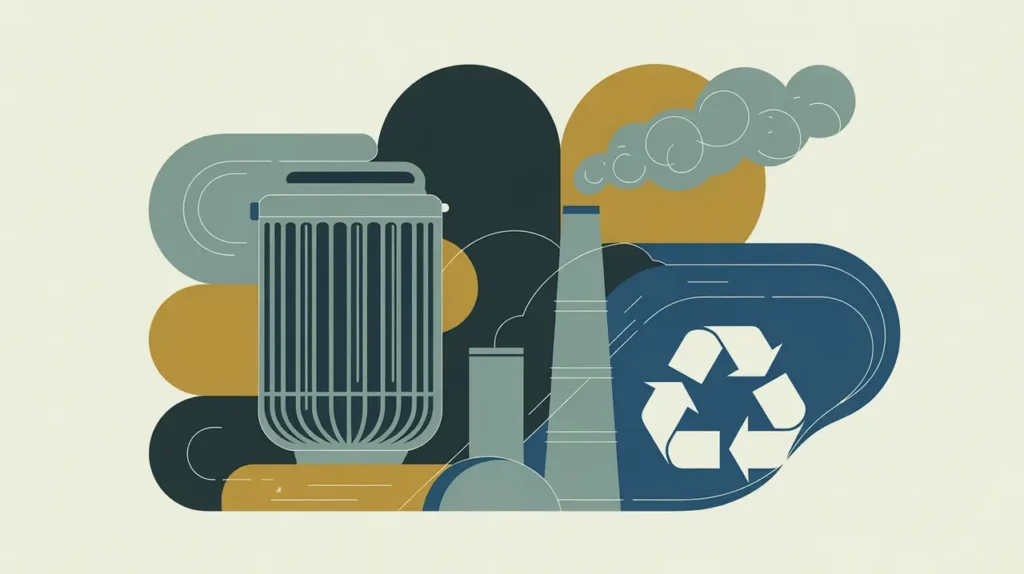Importance of Climate Change Mitigation
Climate change mitigation is vital for reducing greenhouse gas emissions and preventing the most severe impacts of global warming. While adaptation helps communities cope with current and future risks, mitigation addresses the root causes of climate change by reshaping how energy, industry, and consumption operate. For nonprofits and social innovators, mitigation is a strategic priority because it connects local action with global outcomes, enabling proximate actors to contribute to systemic solutions that safeguard ecosystems, economies, and human wellbeing.
Definition and Features
Climate change mitigation refers to efforts that limit or prevent the emission of greenhouse gases or enhance carbon sinks that absorb them. Its defining features include:
- Emission Reduction: lowering outputs from energy, transport, agriculture, and industry.
- Renewable Energy: expanding solar, wind, hydro, and other low-carbon alternatives.
- Efficiency Gains: improving energy use in buildings, vehicles, and manufacturing.
- Carbon Sequestration: protecting and restoring forests, soils, and oceans.
How this Works in Practice
In practice, mitigation strategies range from international agreements like the Paris Accord to local initiatives promoting clean cookstoves or energy-efficient housing. Governments may set carbon pricing mechanisms, regulate emissions, or subsidize renewable energy. Nonprofits and social enterprises often focus on community-level solutions such as biogas digesters, tree planting, or sustainable transport systems. Private sector innovation plays a growing role, though adoption and affordability remain uneven across geographies.
Implications for Social Innovation
Climate change mitigation creates opportunities for transformative innovation. It drives investment in green technologies, supports new business models like carbon markets, and redefines how societies balance growth with sustainability. For proximate actors, mitigation opens pathways to create localized solutions that also feed into global goals. However, inequities in financing and technology transfer risk leaving vulnerable communities behind. Social innovators can bridge this gap by advocating for just transitions, ensuring that mitigation strategies protect livelihoods while building low-carbon futures.







